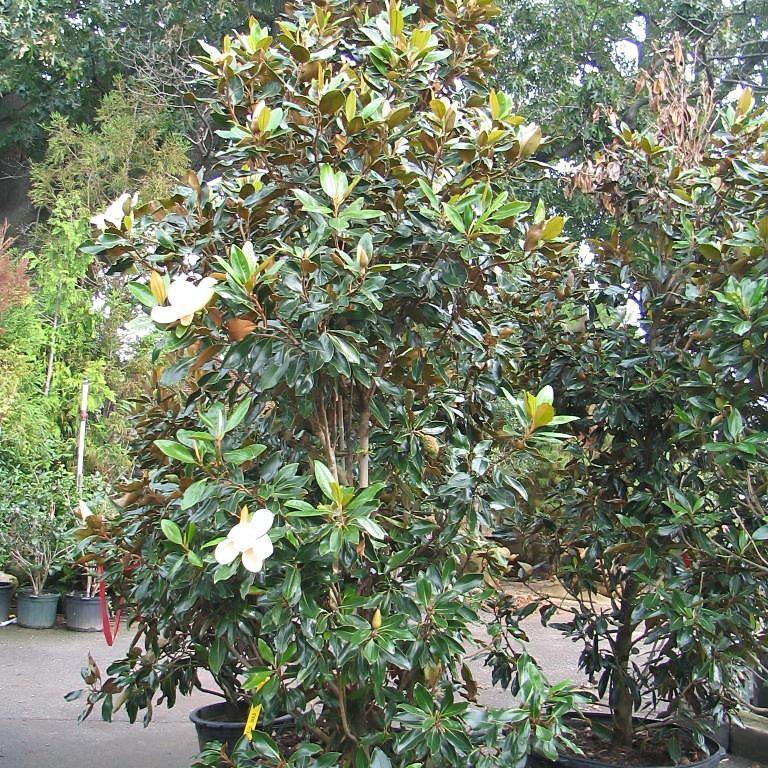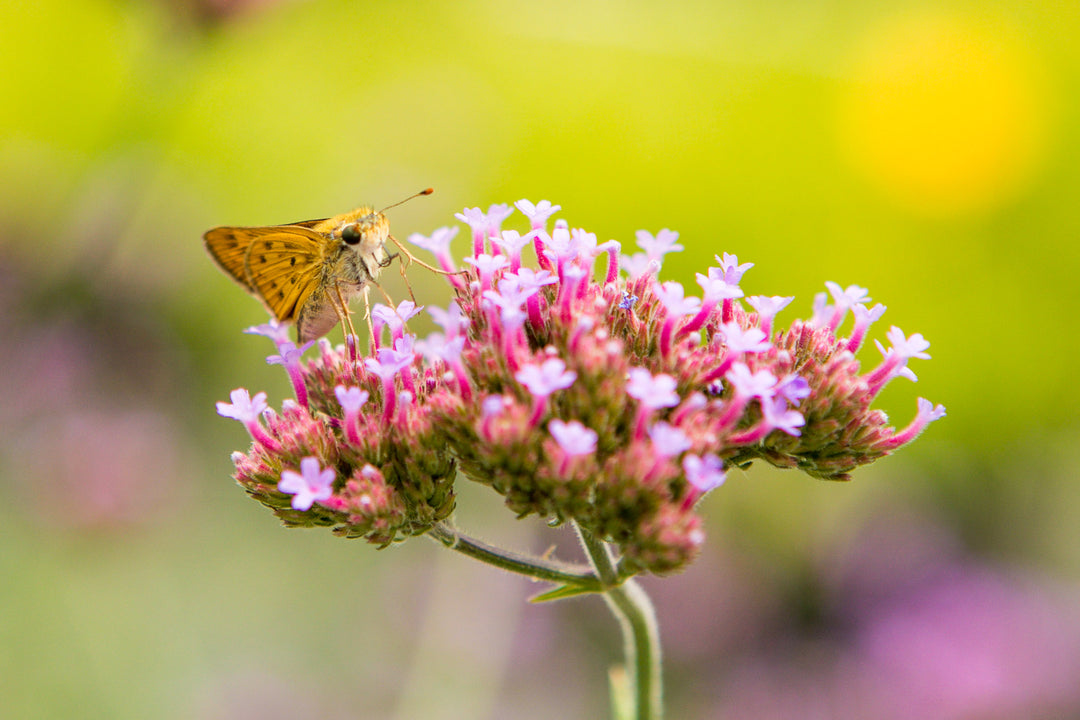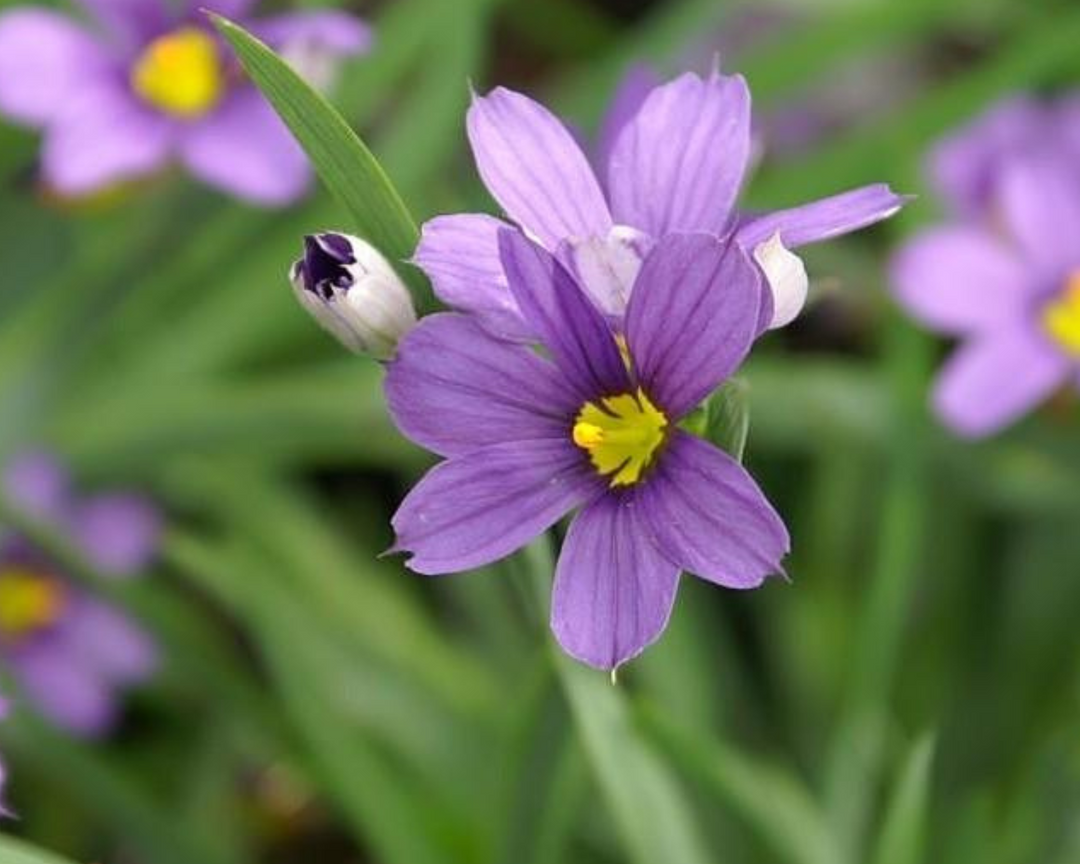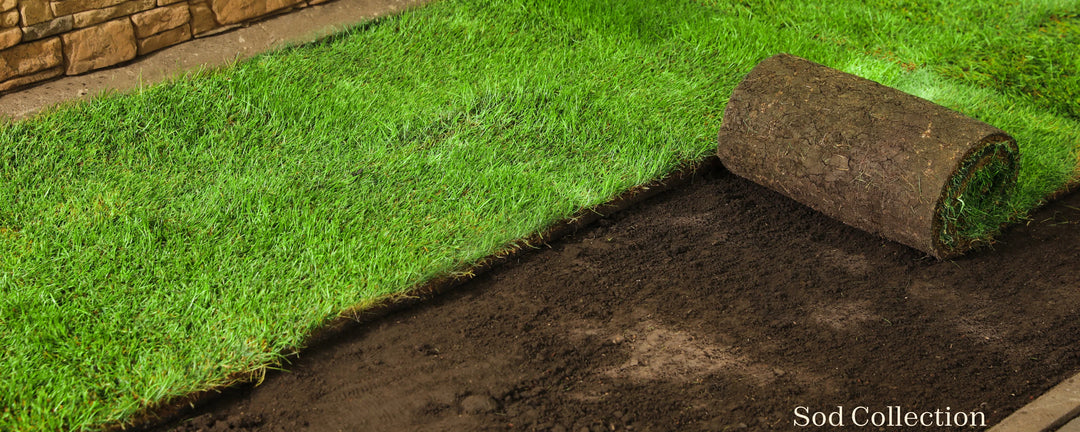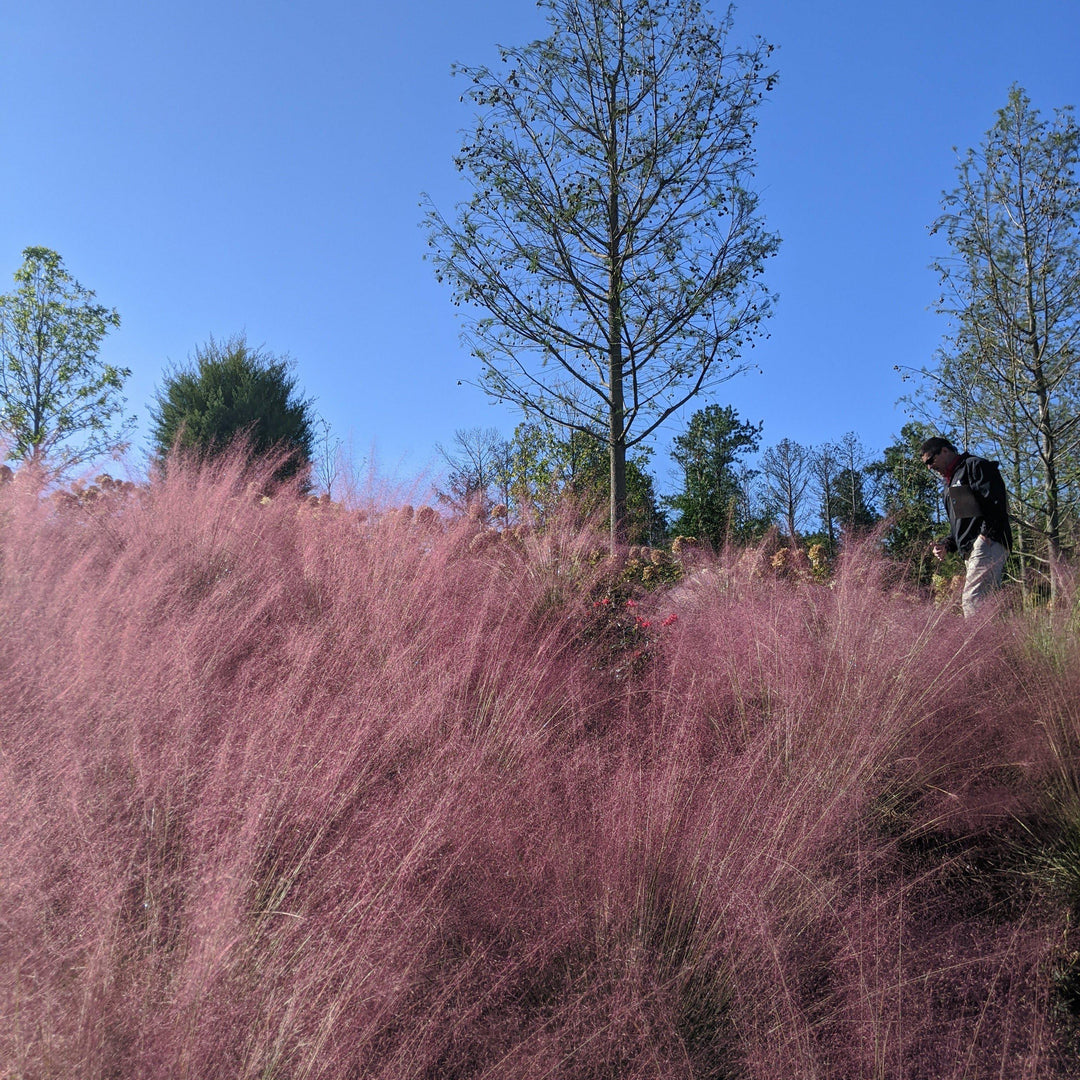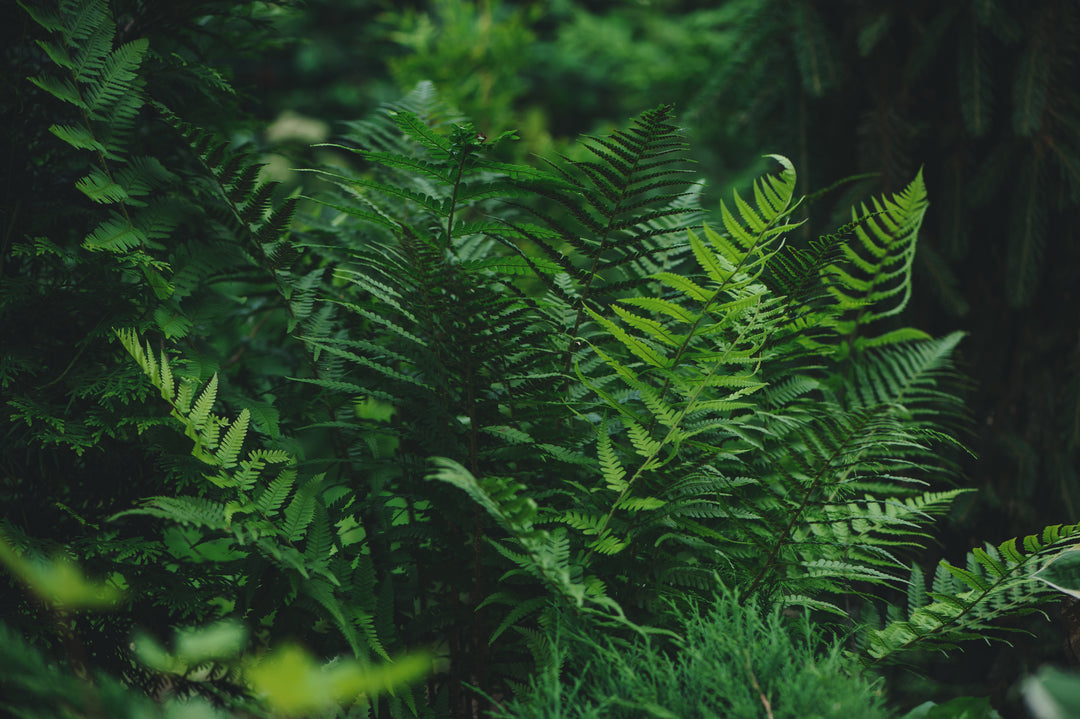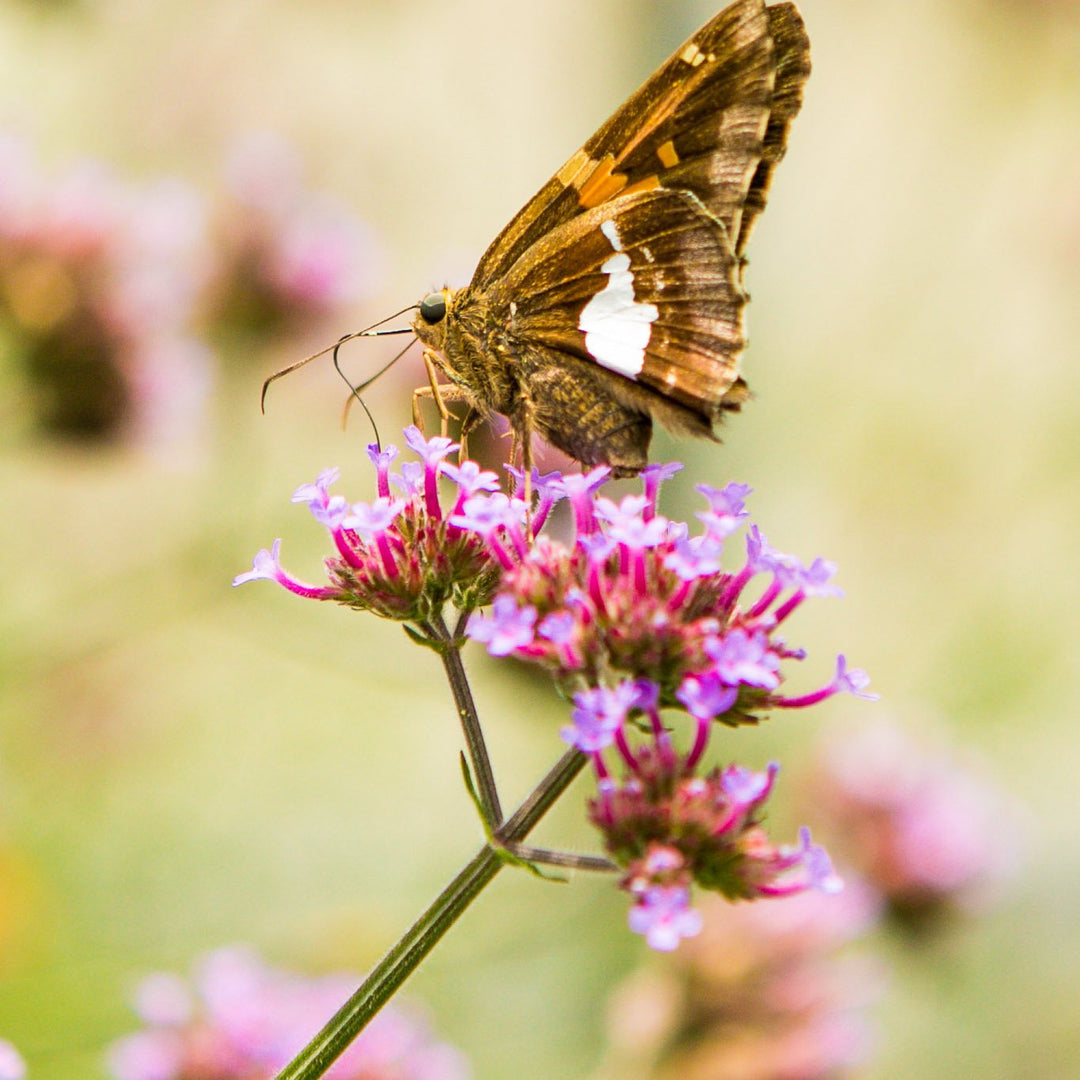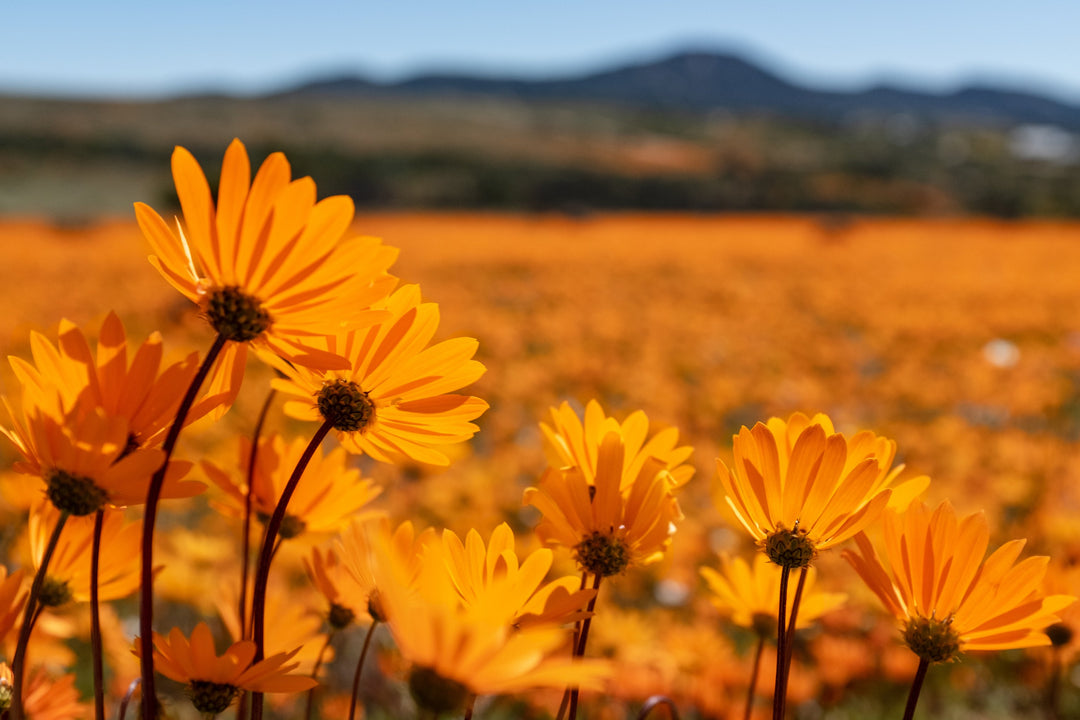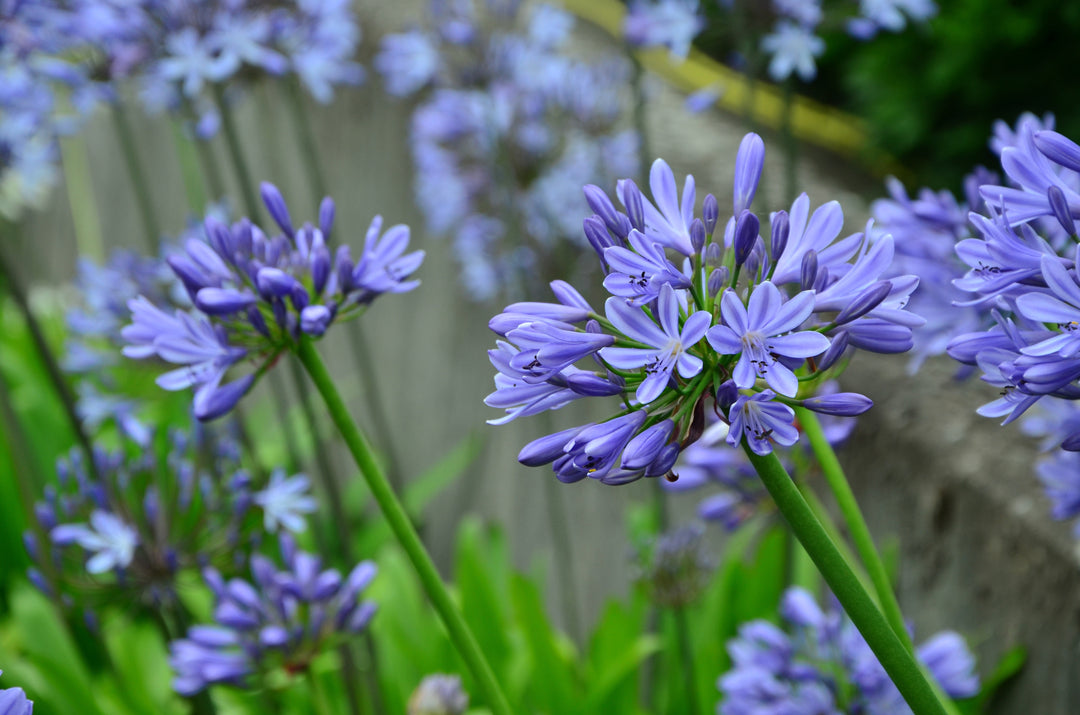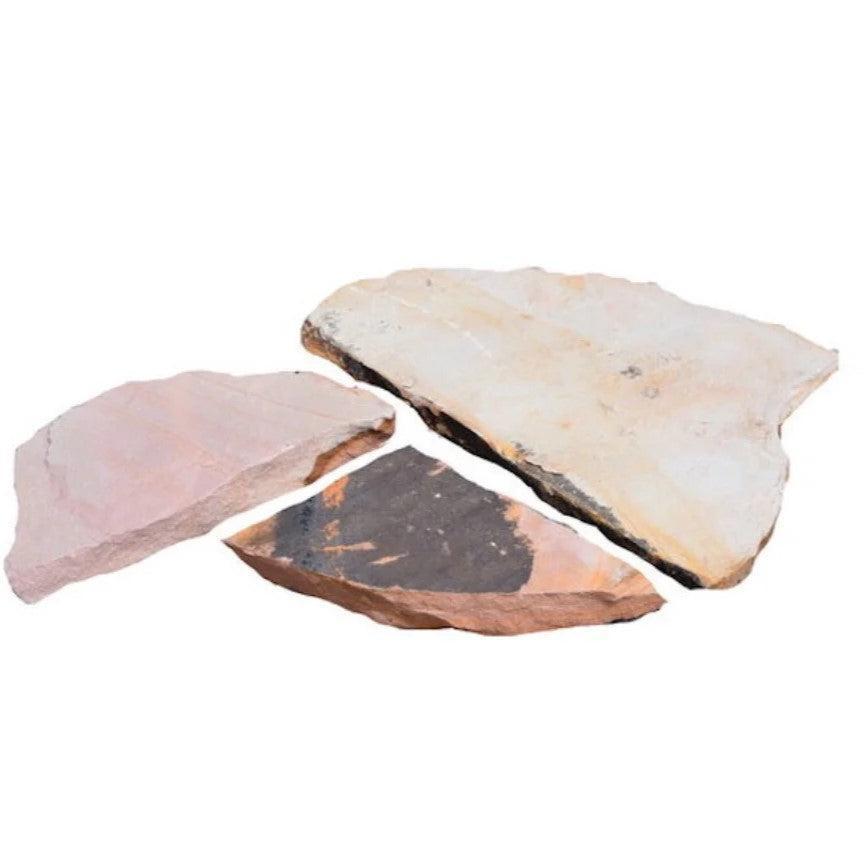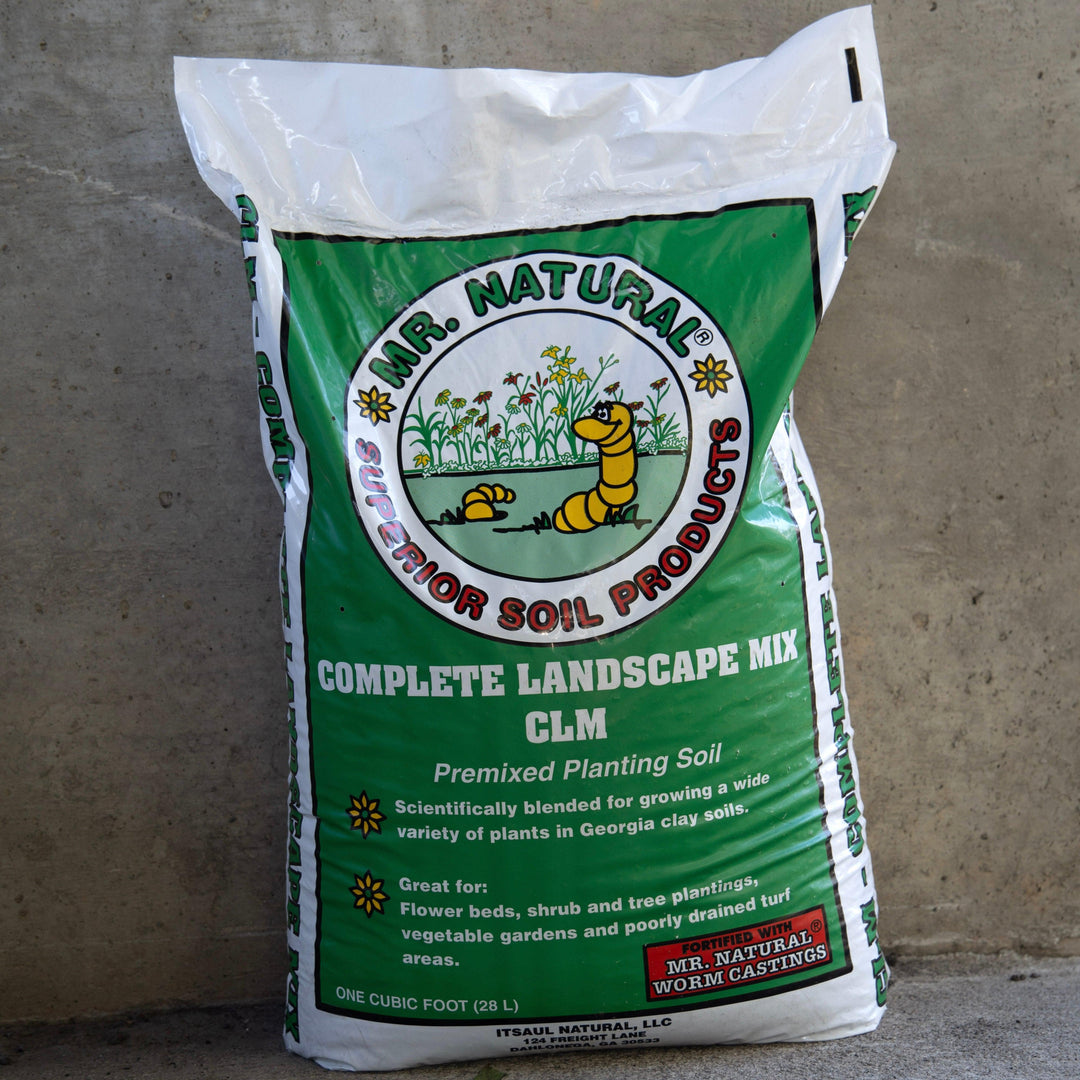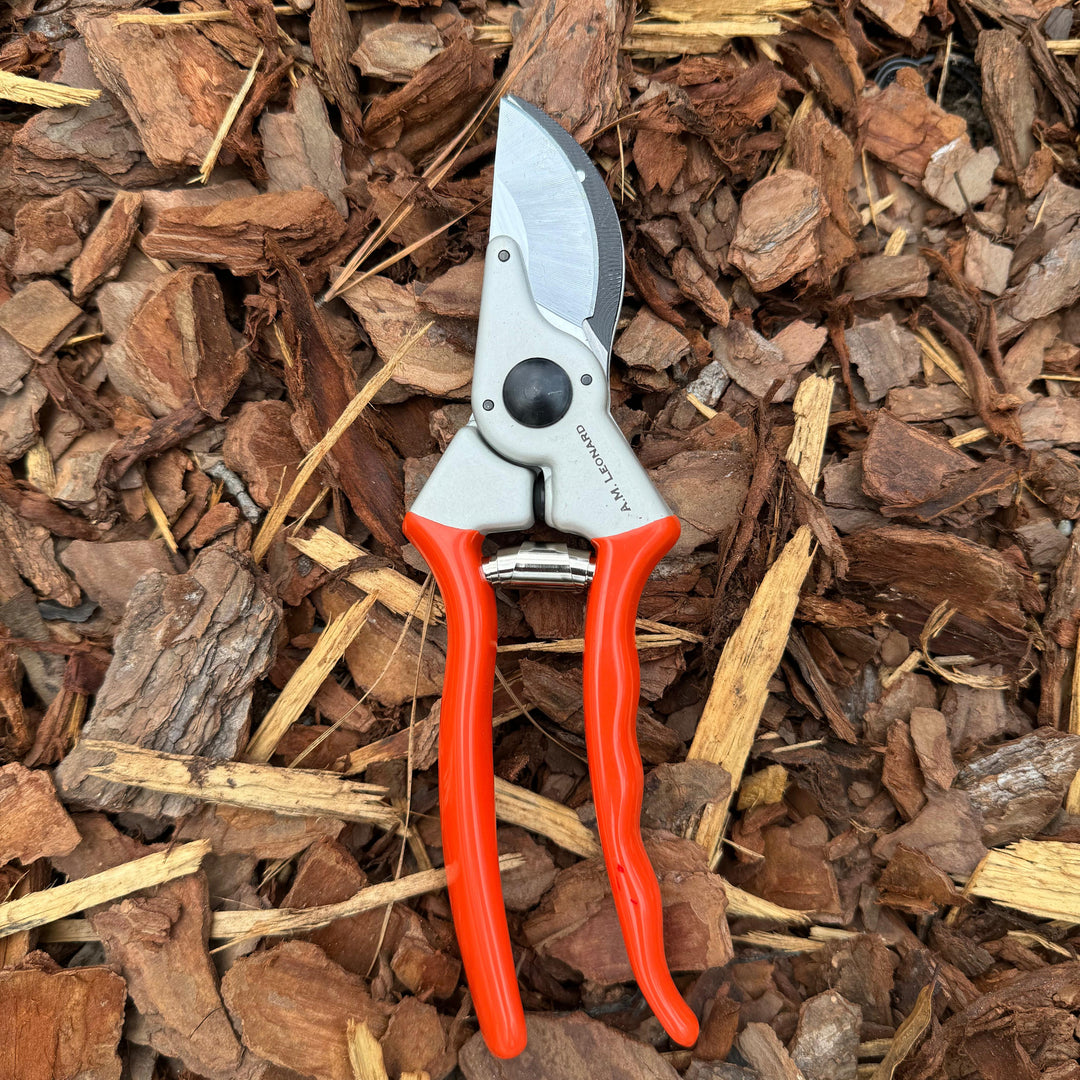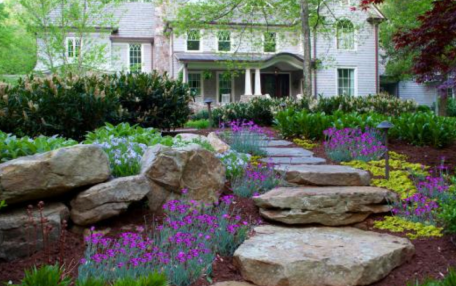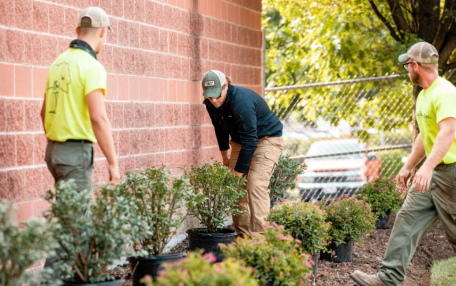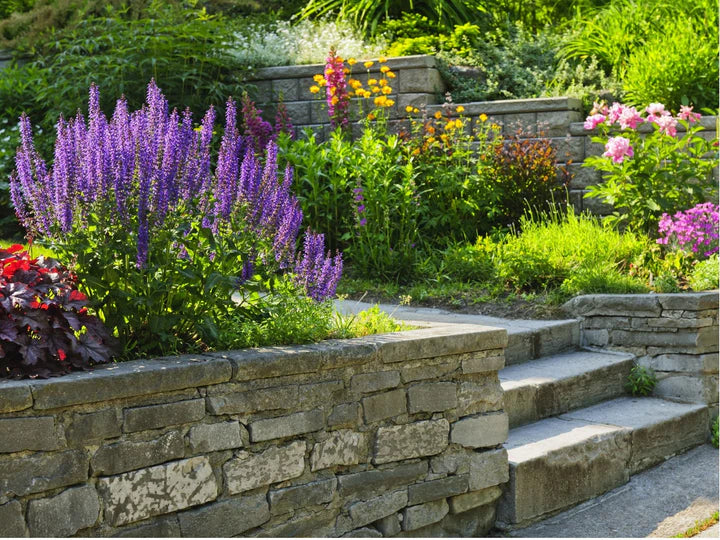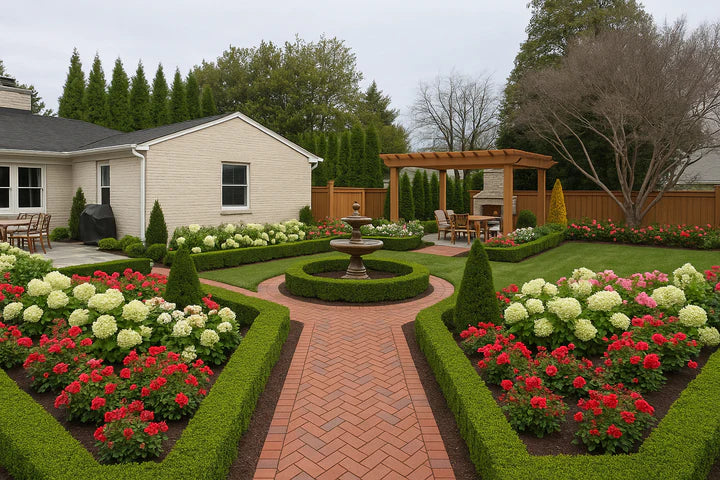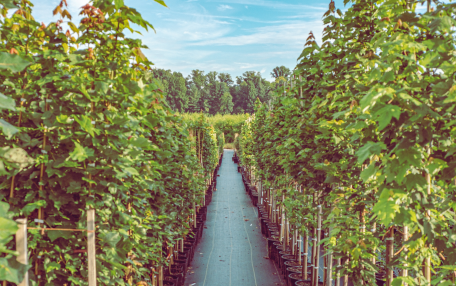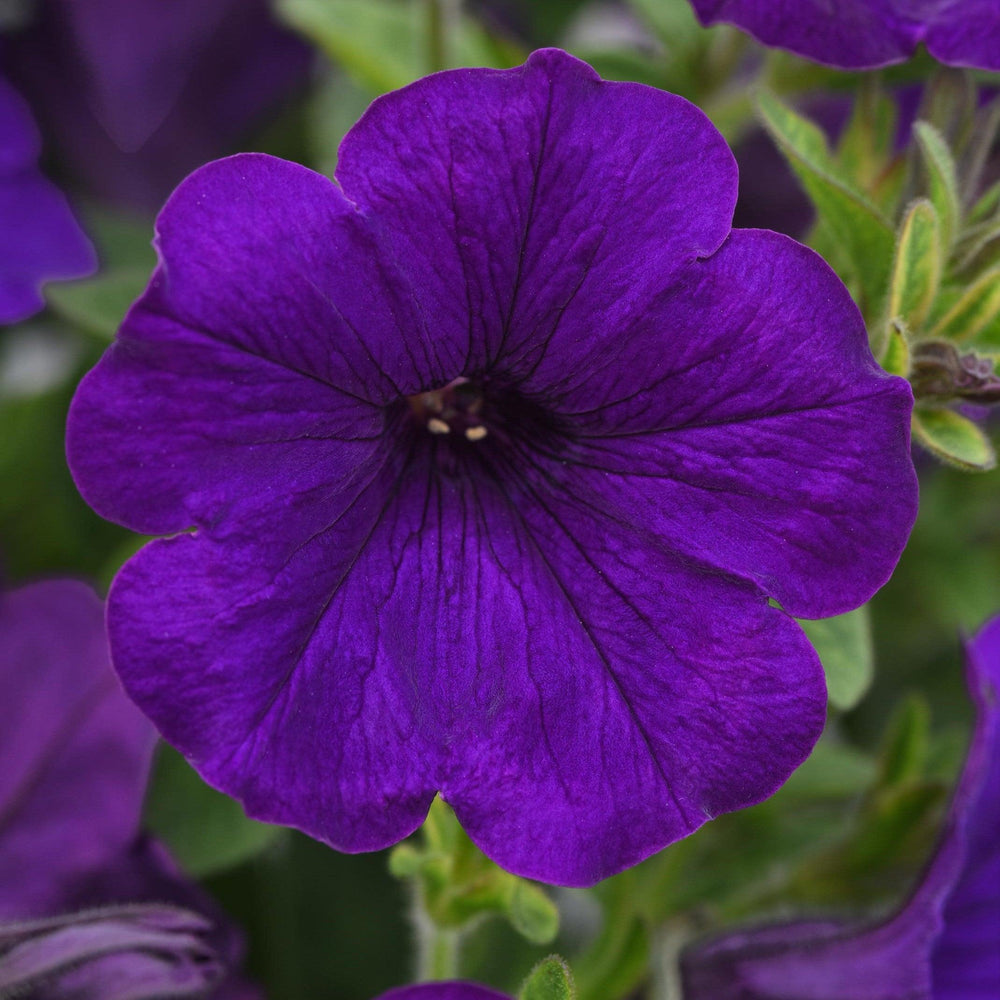Junipers Unveiled: Your Guide to a Timeless Landscape
Welcome to the fascinating realm of junipers, where timeless beauty meets enduring resilience. In this comprehensive guide, we invite you to embark on a journey through the captivating world of junipers, a diverse and versatile genus of coniferous plants that has graced landscapes for centuries. Whether you're a seasoned gardener or just beginning to explore the wonders of ornamental plants, junipers offer an array of possibilities to elevate your outdoor space.
A Legacy of Green Elegance:
Junipers have been a cherished presence in gardens and landscapes worldwide, admired for their evergreen foliage, unique growth habits, and adaptability to various climates and soil conditions. With a history that spans continents and cultures, these remarkable plants have stood the test of time as living sculptures, windbreaks, ground covers, and more.

Comparing Common Juniperus Species:
- Description: Common Juniper is a low-growing shrub with needle-like foliage. It produces bluish-black berries and is known for its hardiness.
- Best For: Ground cover in rock gardens and dry landscapes.
- Description: Eastern Red Cedar is a tree that features scale-like, aromatic foliage. It produces small, bluish-black berries and is native to North America. Several cultivars come in more compact forms.
- Best For: Windbreaks and wildlife habitat.
- Description: Chinese Juniper is a diverse species with numerous cultivars. It offers various growth forms, from ground-hugging to upright.
- Best For: Landscaping and ornamental purposes.
- Description: Creeping Juniper is a low-spreading ground cover with trailing branches and needle-like foliage.
- Best For: Erosion control and ground cover in dry areas.
- Description: Savin Juniper is a dense, low-spreading shrub with sharp, needle-like leaves and small, blue-black berries.
- Best For: Rock gardens and slopes.
- Description: Rocky Mountain Juniper is a hardy evergreen tree with blue-gray foliage and a striking appearance.
- Best For: Large landscapes and windbreaks.
- Description: Temple Juniper is an upright shrub or small tree with sharp, awl-like needles and reddish-brown bark.
- Best For: Ornamental landscaping.

ServeScape's Top 7 Juniperus Choices:
- Juniperus chinensis 'Blue Point' (Blue Point Juniper): Blue Point Juniper is known for its pyramidal shape and vibrant blue-green foliage, making it a popular choice for landscaping.
- Juniperus virginiana 'Grey Owl' (Grey Owl Juniper): Grey Owl Juniper is a compact and dense shrub with silvery-blue foliage, ideal for adding color contrast.
- Juniperus horizontalis 'Wiltonii' (Blue Rug Juniper): Blue Rug Juniper is a ground-hugging variety with silvery-blue needles, perfect for ground cover in dry areas.
- Juniperus chinensis 'Sea Green' (Sea Green Juniper): Sea Green Juniper offers a graceful, upright form with emerald-green foliage, adding elegance to landscapes.
- Juniperus virginiana 'Skyrocket' (Skyrocket Juniper): Skyrocket Juniper is a tall, narrow variety with blue-green foliage, ideal for vertical accents in gardens.
- Juniperus chinensis 'Spartan' (Spartan Juniper): Spartan Juniper is a striking, tall evergreen boasting dense, dark green foliage. Its impressive columnar shape makes it perfect for privacy screens, formal hedges, or as a majestic focal point.
- Juniperus procumbens 'Nana' (Japanese Garden Juniper): Japanese Garden Juniper is a charming ground-hugging juniper known for its lush green needle-like foliage. Its compact form makes it ideal for creating captivating ground covers or adding textured beauty to rock gardens.

Juniperus Care Guide:
- Sunlight: Most Juniperus species prefer full sun but can tolerate partial shade.
- Soil: Well-draining soil is essential to prevent root rot. Junipers are adaptable to different soil types.
- Watering: Water newly planted junipers regularly until established. Once established, they are drought-tolerant.
- Pruning: Prune to shape and remove dead or diseased branches in late winter or early spring.
- Fertilization: Fertilize sparingly in early spring with a balanced, slow-release fertilizer.
Juniperus, with its diverse species and cultivars, can transform your garden into a vibrant and resilient oasis. Whether you're seeking ground cover, vertical accents, or textural interest, there's a Juniperus variety that suits your landscaping needs. Explore the ServeScape collection to find the perfect junipers for your garden.

